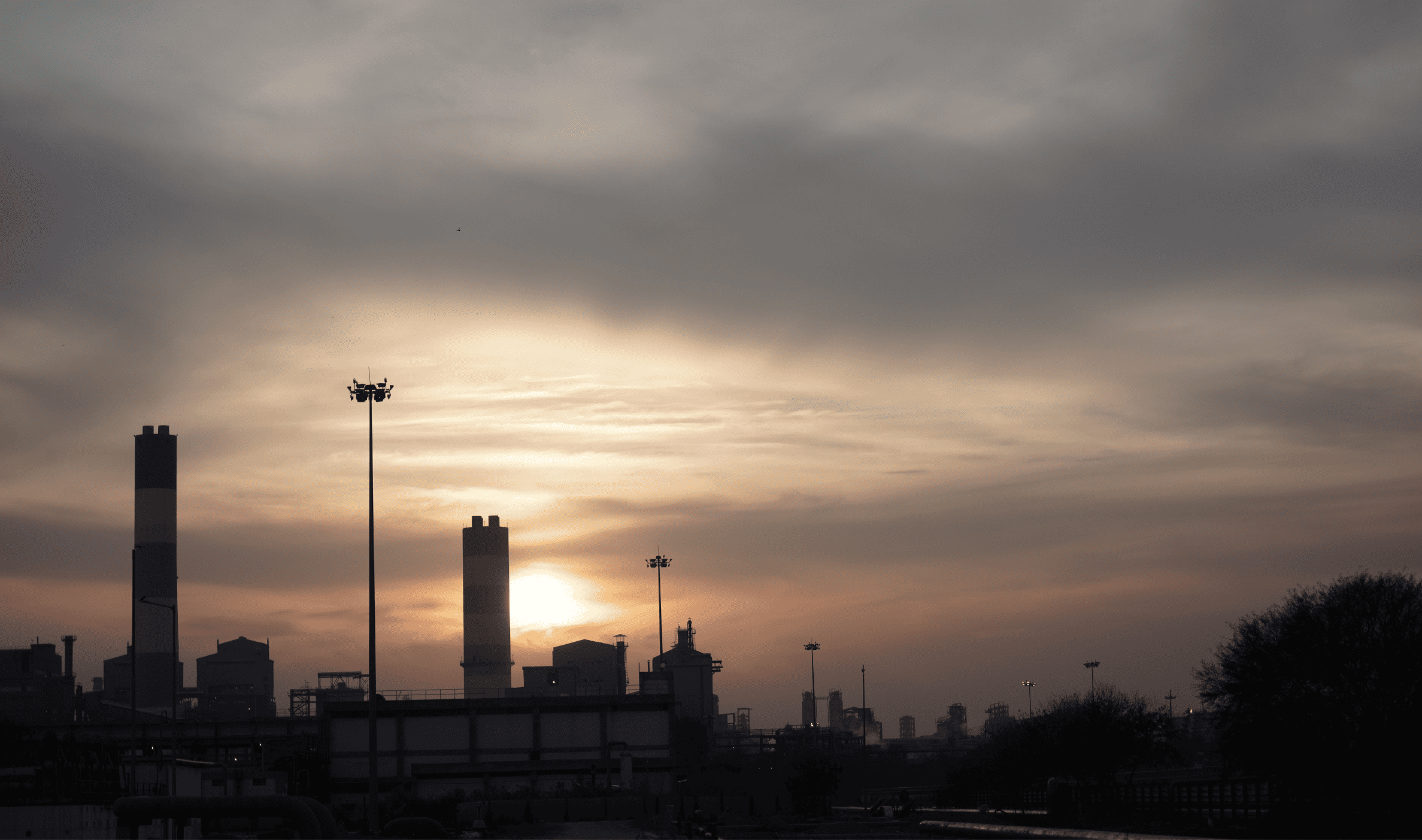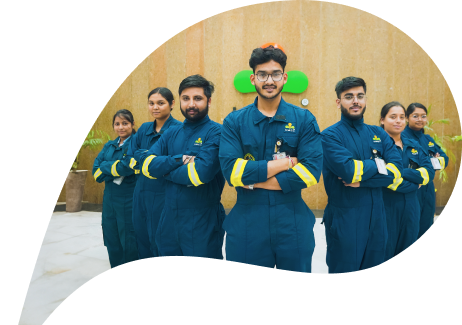The petrochemical industry is among the key sectors of growth of any nation and important for the world economy. Everyday plastics, cosmetics, and pesticides are examples of Petrochemical products in India that are in high demand. Despite being a growing and high-demand industry, it is facing several new challenges as the world grows. India is an important player in the global petrochemical market, but the challenges are also hard to avoid as we go closer to 2030.
The Indian market is a hub for both local and international petrochemical industries and is great for manufacturing; this is why the Chemical and Petrochemical Department of the Indian government stated an expected growth of $300 billion by 2025.
In today’s blog, we discuss the top five challenges that the industry will face in order to stay competitive.
Rising environmental concerns about the petrochemical production process
Petrochemical products are made from petroleum and crude gases at petrochemical plants. During the petrochemical production process, various derivatives, such as ethylene, propylene, and benzene, are produced. These chemicals are used as raw materials to produce a variety of useful products.
There is pressure worldwide to cut down on carbon emissions and use eco-friendly methods. This is especially true for industries like petrochemicals that rely on a lot of fossil fuels.
Governments and organizations are pushing for greener production. They are forcing companies to look for bio-based chemical alternatives. These bio-based chemicals are good for the environment, but the problem is their limited availability. The production cost for such green alternatives is even higher. For instance, corn-based bioethanol costs around $1.05 per gallon, which is expensive compared to petroleum-based chemicals.
Another challenge is the Indian government is making strict regulations for the petrochemical industry. Global agreements like the Paris Accord also put additional pressure on industries to lower emissions. The petrochemical industry will have to look for improved production processes that leave an impact on the environment.
Fluctuating prices of raw material
The petrochemical industry relies on oil and gas, which already face a massive level of price fluctuation. The demand around the world keeps changing because of global conflicts such as the recent Ukraine-Russia war and the Isreal-Iran war. As a result, the oil prices frequently go up or down. If oil is expensive, the process of production becomes expensive eventually. Costly production squeezes the profit margin and forces companies to increase their prices. Raw material costing is the key issue that holds companies back from staying competitive.
Companies are looking for reliable alternatives like natural gas or plants to solve the cost fluctuation issue. Using different materials gives companies a chance to handle price fluctuation in a controlled manner. Their reliance on oil and gas decreases, and they can stay competitive despite the global supply chain issues.
Pressure to innovate for the largest petrochemical industry in India
Technology update is crucial for the Indian petrochemical industry to remain competitive. The AI and automation movement is already improving business processes. Automation in real-time equipment tracking is helping industries to cut costs. They are in a better position to save repair costs by preventing breakdowns.
The rest of the world is embracing these tools, so it becomes important for the Indian petrochemical industry to invest in innovation. Companies in India can get ready for the future if they upgrade their plants by investing in digital transformation, IoT, and AI tools. However, technology adoption is expensive, and smaller firms may not be able to afford it.
Worldwide competition
India faces competition from China with its huge petrochemical industry. Chinese industry is aiming for a self-sufficiency strategy, which is why their output is increasing significantly. Currently, the production by the Chinese industry is 400 million tonnes, which is overshadowing India’s production capability. The powerful Chinese sector dominates the global market with its price and production size.
Indian petrochemical companies need to focus on specialized products—like unique chemicals or strong materials to stand out in the market. These products command higher prices and face less competition. However, developing these products requires significant investment in research and development.
Circular economy and waste management
The move toward a circular economy is also creating challenges for the petrochemical industry. Instead of discarding, the focus is on reducing waste. Now, companies aim for recycling and reusing materials.
Switching to this new system is tough for the petrochemical industry. Most factories are built for the old way of doing things. They have to make big changes to recycle plastics. It is not easily adaptable to use those recycled materials in production. Retrofitting existing plants to handle recycled materials is a costly and complex process.
Bottom line
Challenges are rising for the Indian petrochemical industry as we are getting closer to 2030. These include worries about the environment, changing prices of raw materials and technology, and competition from other countries. The move toward recycling and reducing waste also puts pressure on the industry, but these challenges bring chances for improvement. Cleaner production ways and technological innovation can help the petrochemical industry in India to do well. India can stay a top player in the global market with smart planning.
Uncertainty is inevitable for the petrochemical industry’s future in India. However, the petrochemical industry must develop to stay in power. India has a strong position in the global market, so there is plenty of potential for success.






 no updates
no updates